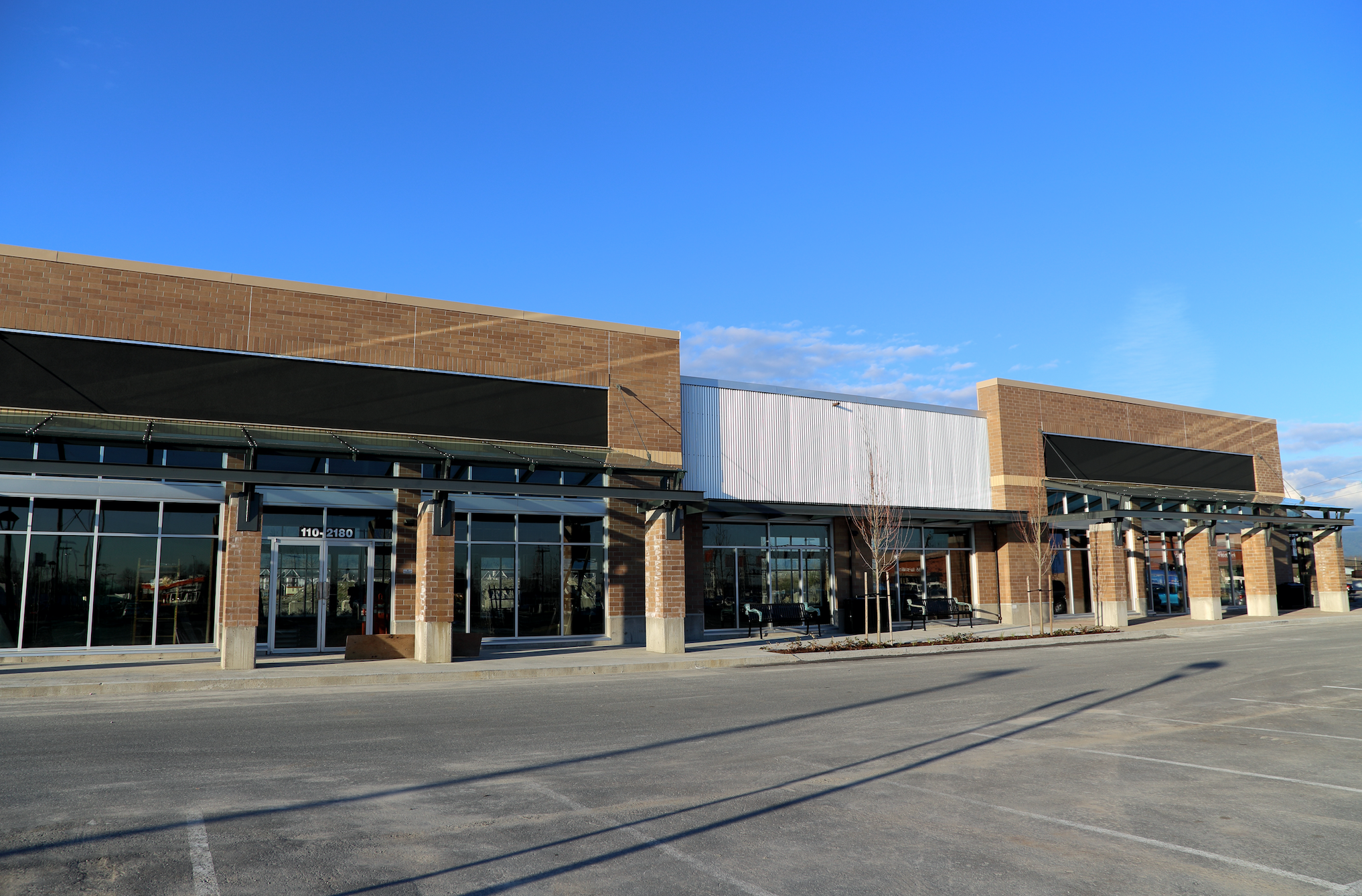|
If U.S. retailers felt hampered by the US-China trade war in 2019, they can expect an even tougher time this year due to the health crisis that’s wreaking havoc on the global economy.
When 2020 began, America’s decade-long economic expansion was still in full swing, unemployment was at a half-century low, and the stock market was on its way to another record high. Now, just three months later, economic activity is screeching to a halt, jobless claims are about to hit the roof, and the stock market is in free fall.
The sudden reversal in U.S. economic fortunes is without historic parallel, observes a journalist for The Washington Post, and financial institutions are already expressing dire forecasts for the first half of the year.
Goldman Sachs, for example, estimates that initial jobless claims –- the number of first-time claims for unemployment assistance filed by Americans -– will reach 2.25 million for the week ending March 21. Bank of America Merrill Lynch predicts that number will be closer to 3 million, a level that is four times higher than the record high set in the depths of the 1982 recession. Meanwhile, JPMorgan Chase warns that the U.S. jobless rate could surge to 20% from today’s 3.5%.
As for the economy, hedge fund Bridgewater Associates expects US GDP to shrink at an annualized pace of 30% over the next three months, whereas Goldman Sachs pegs the drop at 24%, and JPMorgan Chase envisions a decline of 14%.
More than 15,000 US Stores to Go Out of Business in 2020
Whatever the actual stats end up being, there is no doubt that America will experience mass job losses and business closures this year, both of which will hurt the retail sector as consumer spending plummets. Foot traffic to U.S. retail stores decreased 30.7% year-on-year for the week ending Friday, March 13, according to Cowen. The longer people are forced to stay home to avoid social contact, the higher the likelihood that many shuttered storefronts will remain closed permanently.
Nearly 10,000 stores closed their doors in the United States last year, reflecting a 59% jump in closures from the previous year. Deborah Weinswig, chief executive of retail research firm Coresight Research, expects to see more than 15,000 stores go out of business this year.
A Lesson from China
Brick-and-mortar clothing and department stores face the toughest challenges, as do restaurants, if China’s recent experience is anything to go by.
China’s retail sales fell 20.5% in the first two months of the year as the country went into shut-down mode to contain the virus. But the worst is not over. So many consumer businesses have run out of cash at this point that a wave of store closures and layoffs are expected, according to Bloomberg.
The fact that half of China’s listed consumer companies don’t have enough cash to survive another six months only underscores the urgent task Beijing has to re-start its economy and get shoppers spending again. Restaurants are said to be in the worst shape, with about 60% unable to cover labor and rental costs.
And, while the number of coronavirus infections in China has tapered off and retailers have reopened stores in low-risk areas, demand isn’t rebounding quickly because consumers are still hesitant to leave their houses and mingle with others.
Vacant Storefronts and Retail Real Estate Decline
The bottom line here is that retail could experience a bigger hit from the upcoming economic cataclysm than other sectors of the U.S. economy. Store closings and bankruptcies will lead to vacant storefronts and empty malls, which in turn will extend the downturn in retail real estate.
The market seems to have priced in much of this downturn already. In the midst of the coronavirus pandemic, online retail has been a winner much at the expense of brick-and-mortar. The performance of two ETFs reflects this trend quite effectively.
The Long Online/Short Stores ETF (CLIX), which expresses a bet against brick-and-mortar retail through a pair trade, is up 5% year-to-date at a time when the broad equity market is down nearly 30% over the same period. Meanwhile, the Retail Real Estate Sector ETF (RTL), which essentially is also a bet against brick-and-mortar retail, has lost half of its value year-to-date, with most of that loss occurring in the last month.
V-Shaped or U-Shaped Recovery in 2H 2020
While analysts are clearly pessimistic about the U.S. economy’s prospects during the first half of the 2020, most retain positive expectations for the second half of 2020. Goldman Sachs’ GDP projections show a 12% quarter-on-quarter (QoQ) growth rate for the 3rd quarter, followed by a 10% QoQ expansion in the fourth quarter.
Given these upbeat projections, it may be worthwhile for investors to keep retail real estate on their radar. Once consumers start venturing out of their homes again, and into shops and restaurants, RTL could enjoy a robust rally especially after such a steep decline.
Nelly Nyambi
Managing Director, Research
McAlinden Research Partners |





Leave a Reply